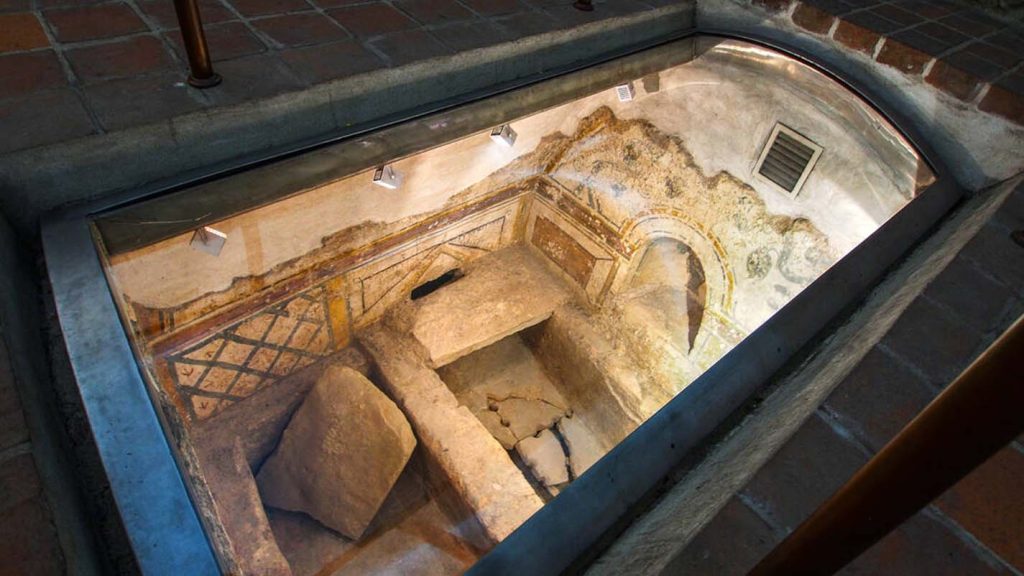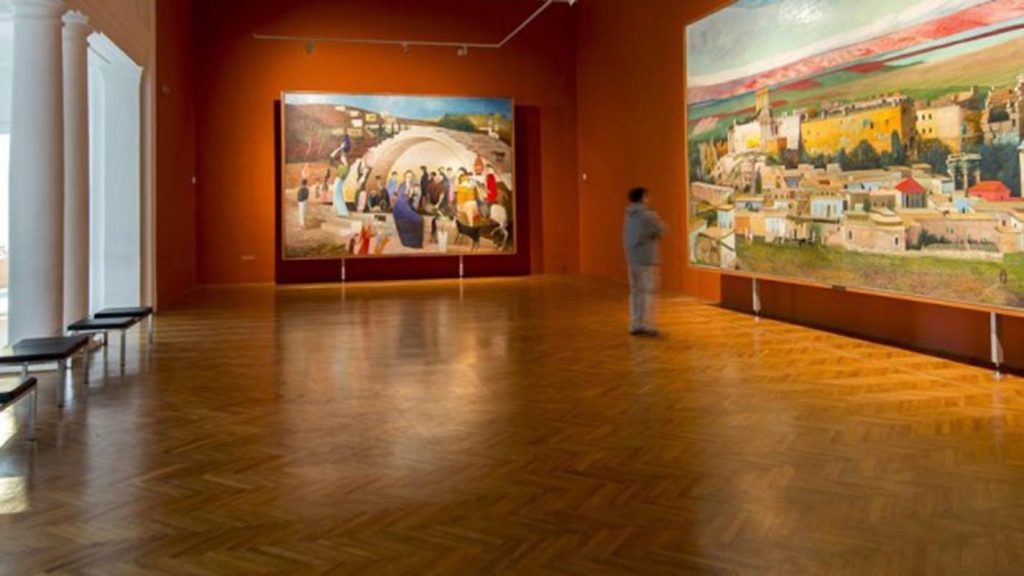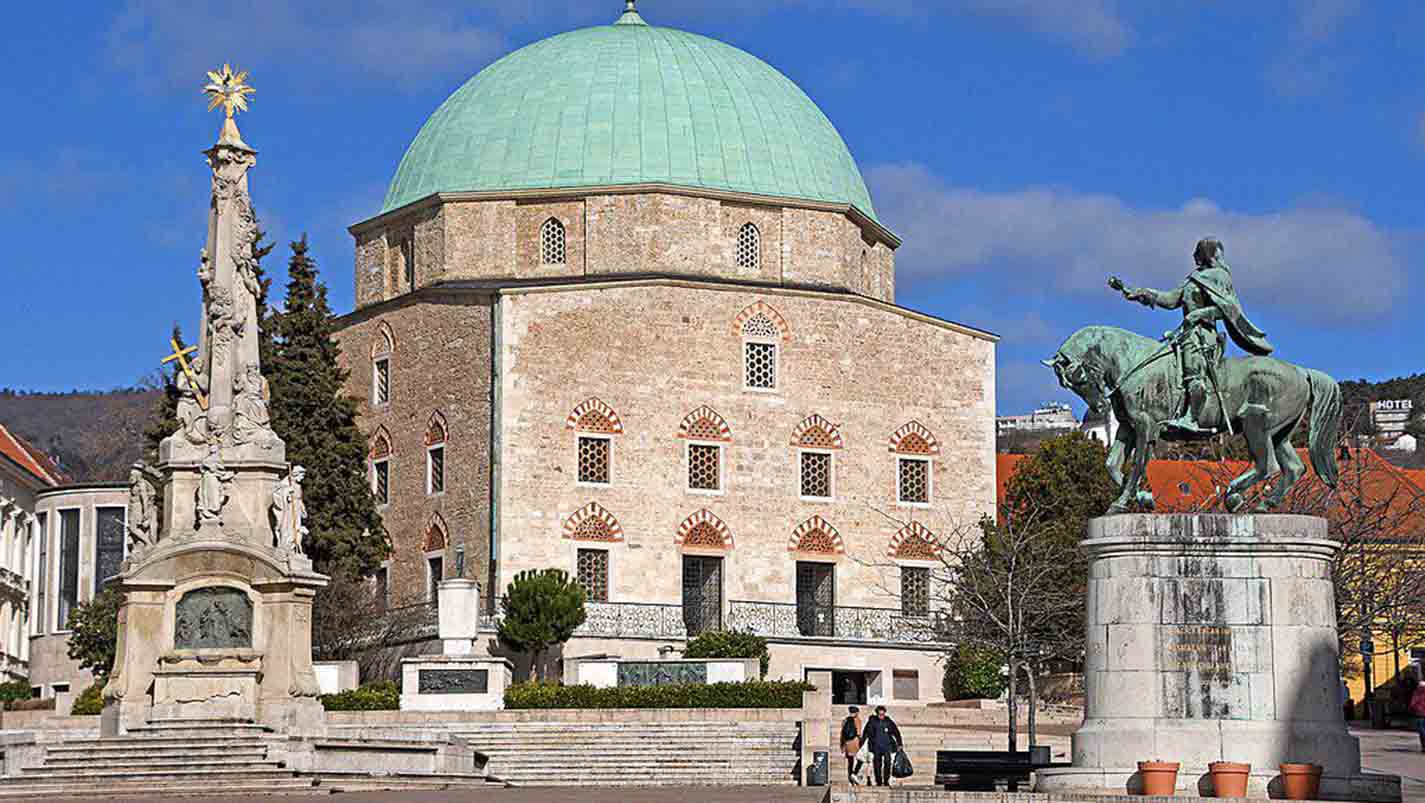Nestled in the southern part of Hungary, Pécs is a city where culture, history, and art blend into a fascinating journey through time. Known for its UNESCO World Heritage sites, its vibrant artistic community, and its architectural treasures, Pécs is the kind of destination that rewards those who look beyond the obvious. From ancient Roman ruins to Ottoman mosques, from medieval cathedrals to cutting-edge art galleries, this city offers a travel experience that feels both authentic and inspiring.
In this comprehensive guide, we will explore the must-see attractions of Pécs, while weaving in practical travel tips and cultural context. Whether you are drawn to history, fascinated by architecture, or simply enjoy immersing yourself in the creative energy of a city, Pécs has something special waiting for you.
The Cathedral of St. Peter and Paul: A Testament to Centuries of Faith
One of the most iconic landmarks of Pécs is the Cathedral of St. Peter and Paul, an architectural jewel that dominates the skyline. Its origins date back to the 4th century, making it one of the oldest Christian sites in Hungary. Over the centuries, it has been rebuilt and expanded in Romanesque, Gothic, and later Neo-Romanesque styles, resulting in a building that is as much a historical record as it is a place of worship.
Inside, the cathedral feels both majestic and intimate. The high vaulted ceilings and ornate frescoes transport visitors into another era. The crypt, one of the most significant early Christian relics in Hungary, adds a mystical element to the experience. For travelers interested in history, architecture, or simply a quiet moment of reflection, this cathedral is a must.
The Early Christian Necropolis: A UNESCO World Heritage Site
Just steps away from the cathedral lies the Early Christian Necropolis of Pécs, a UNESCO World Heritage site. This complex of tombs and chapels dates back to the 4th century when Pécs, then known as Sopianae, was a thriving Roman provincial town.
The underground chambers reveal beautifully preserved frescoes depicting biblical scenes and early Christian symbolism. What makes this site especially captivating is the sense of continuity—you are literally walking through spaces that have been preserved for over 1,600 years. For history enthusiasts, it is one of the most rewarding stops in the city.

The Mosque of Pasha Qasim: A Symbol of Cultural Fusion
The Ottoman era left its mark on Pécs, and nowhere is this more visible than at the Mosque of Pasha Qasim, which now functions as a Catholic church. Built in the 16th century during Ottoman rule, the mosque retains its original dome and Islamic architectural details, while Christian symbols were added later.
This unusual combination makes the building one of the most unique religious sites in Europe. The structure embodies the complex layers of Pécs’ history—sometimes turbulent, sometimes harmonious, but always deeply rich in culture. It is also located on Széchenyi Square, the beating heart of the city, making it an easy and essential stop during your exploration.
Zsolnay Cultural Quarter: Where Art and Innovation Meet
For travelers seeking a more modern take on Pécs’ creative spirit, the Zsolnay Cultural Quarter is unmissable. Named after the famous Zsolnay family of porcelain makers, this cultural hub combines industrial heritage with contemporary art.
The Zsolnay factory once produced world-renowned ceramics, many of which still adorn buildings throughout Hungary. Today, the revitalized complex houses galleries, studios, and performance spaces. Visitors can admire decorative ceramics, explore interactive exhibitions, or simply enjoy a coffee while soaking in the artistic atmosphere.
The Zsolnay Quarter is also a family-friendly destination, offering workshops and events that appeal to both children and adults. It’s the perfect example of how Pécs celebrates its past while embracing the future.
Cella Septichora Visitor Centre: A Journey Underground
If you enjoy archaeology, the Cella Septichora Visitor Centre is an absolute must. This underground museum provides access to several Roman-era burial chambers, complete with wall paintings and architectural details that bring history to life.
Unlike a traditional museum where artifacts are displayed behind glass, the Cella Septichora lets you walk through the ancient structures themselves. Multimedia presentations add depth to the experience, helping visitors understand the significance of the site within the broader history of Christianity in Europe.
The National Theatre of Pécs: Culture on Stage
Beyond monuments and museums, Pécs is also a city of performing arts. The National Theatre, located in the city center, is a beautiful Neo-Renaissance building dating back to the 19th century. Even if you don’t attend a performance, it’s worth admiring the elegant façade and richly decorated interiors.
For those who do choose to attend an opera, play, or concert, the theatre offers an intimate cultural experience. The program often includes Hungarian classics as well as international works, giving travelers a chance to connect with the artistic life of the city.
Museums Worth Exploring
Pécs is often called the “City of Museums,” and with good reason. A few highlights include:
- The Janus Pannonius Museum: Dedicated to archaeology, fine arts, and ethnography, this museum complex offers a wide-ranging overview of the region’s history.
- The Vasarely Museum: Celebrating the works of Victor Vasarely, a pioneer of op art, this museum is a feast for the eyes and a favorite among lovers of modern art.
- The Csontváry Museum: Showcasing the works of Tivadar Csontváry Kosztka, one of Hungary’s most important painters, known for his distinctive style and bold colors.

Each museum provides a different perspective on the cultural identity of Pécs, making them collectively essential to any in-depth visit.
Széchenyi Square: The Heart of Pécs
Every city has a central gathering place, and in Pécs, that role belongs to Széchenyi Square. This vibrant plaza is framed by historic buildings, outdoor cafés, and fountains. From here, you can see many of the city’s landmarks, including the Mosque of Pasha Qasim.
The square is also where locals and visitors mingle, making it a great place to people-watch, enjoy a drink, or simply take in the rhythm of daily life in Pécs. During festivals and events, the square comes alive with performances, markets, and cultural celebrations.
Day Trips Around Pécs
While the city itself has plenty to offer, the surrounding region is equally rewarding. A few recommended excursions include:
- Villány Wine Region: Just a short drive away, this area is famous for its red wines and welcoming wineries.
- Mecsek Hills: Ideal for hiking and nature walks, these rolling hills provide a refreshing contrast to the urban experience.
- Harkány Spa Town: Known for its therapeutic thermal waters, it makes a relaxing day trip for those seeking wellness experiences.
Practical Travel Tips for Visiting Pécs
- Walking-Friendly: Most of the main attractions in Pécs are within walking distance of each other. Comfortable shoes are essential.
- Language: While Hungarian is the official language, many people in the tourism sector speak English or German.
- Local Cuisine: Don’t miss the chance to try traditional Hungarian dishes in Pécs’ restaurants. Local specialties often include hearty soups, paprika-spiced stews, and pastries.
- Cultural Etiquette: Hungarians are generally warm and hospitable. A polite greeting and basic courtesy go a long way when interacting with locals.
Why Pécs Belongs on Your Travel List
What makes Pécs so compelling is not just its collection of attractions, but the way these elements weave together into a unique and multilayered narrative. Many cities boast historical sites or vibrant cultural scenes, but Pécs stands apart because of the seamless coexistence of its different identities. It is a city where Roman tombs stand alongside Ottoman mosques, where medieval cathedrals coexist with modern art galleries, and where the echoes of the past are not simply preserved behind glass but integrated into the fabric of daily life. Walking through the streets, you constantly feel this dialogue between eras, as if the city itself is telling you a story that stretches across centuries.
Visiting Pécs is far more than a simple sightseeing trip—it is a genuine immersion into layers of culture and creativity that few destinations in Europe can match. Every corner offers something new to discover, whether it’s an ornate fresco hidden beneath the ground, the curve of an Ottoman dome rising over the skyline, or a bold contemporary artwork displayed in the Zsolnay Cultural Quarter. Each experience adds another piece to the puzzle, helping travelers understand not just the history of the city, but also the resilience and imagination of the people who shaped it.
Beyond its monuments and museums, Pécs also rewards those who take time to embrace its rhythm of life. Imagine sipping a glass of rich red wine from the nearby Villány region in a cozy café on Széchenyi Square, or listening to a performance at the National Theatre as the curtain rises on a local production. The city manages to feel both intimate and grand: small enough to explore on foot, yet vast in the cultural depth it offers.
Ultimately, Pécs is a city that leaves a lasting impression not because of one single landmark, but because of the harmony of contrasts it embodies. It is a place where history continues to inspire, where art remains alive, and where every visitor carries home not only memories but also a sense of connection to something timeless.
Tags: The Cathedral of St. Peter and Paul, The Early Christian Necropolis, The Mosque of Pasha Qasim
